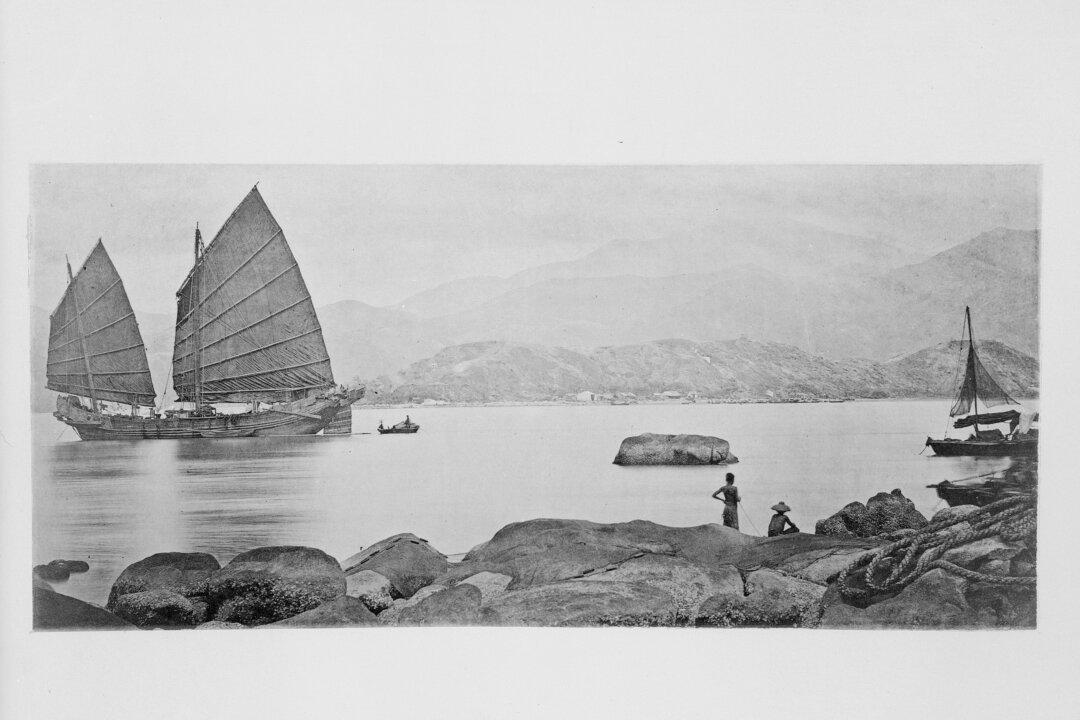Several years ago, a chance encounter with a large stack of heavy glass photo negatives in London kindled curator Betty Yao’s love affair with the work of a legendary Scottish photographer.
She requested a six-month leave from her job, but never went back.
Now more than 900,000 visitors have seen the unexpected beauty of John Thomson’s 150-year-old photos of China at 19 museums around the world. From Oct. 22 to Dec. 10, the exhibition will be available for free for those in the Los Angeles area at California State University–Northridge (CSUN).
The photographs give a rare glimpse into both northern and southern China from 1868 to 1872, with landscapes and portraits of a wide range of people and places, including Beijing, Shanghai, and the Yangtze River. Using 21st-century technology, the glass negatives were scanned and reproduced with stunning quality and scale. Some of the photos are even life-size.






